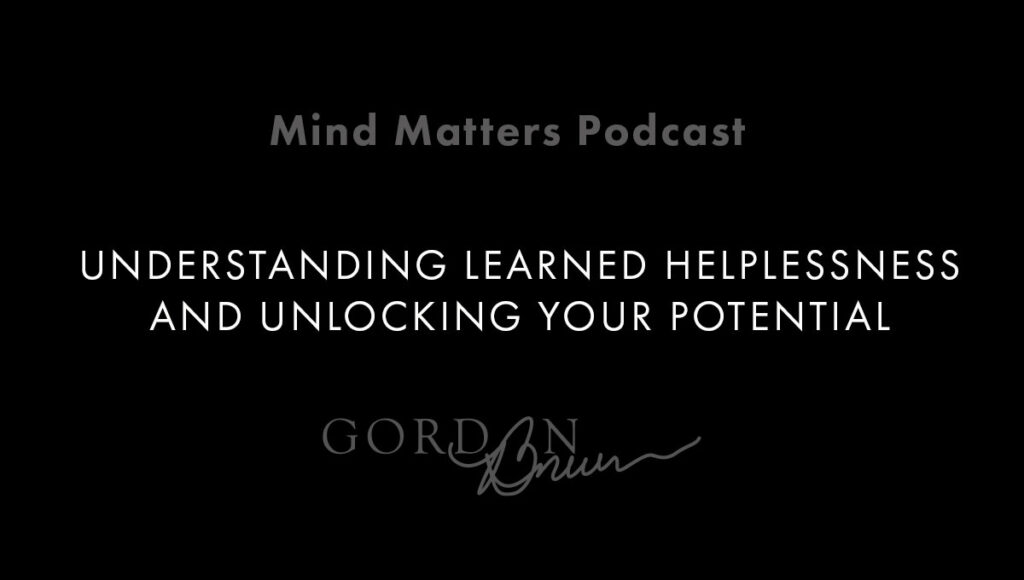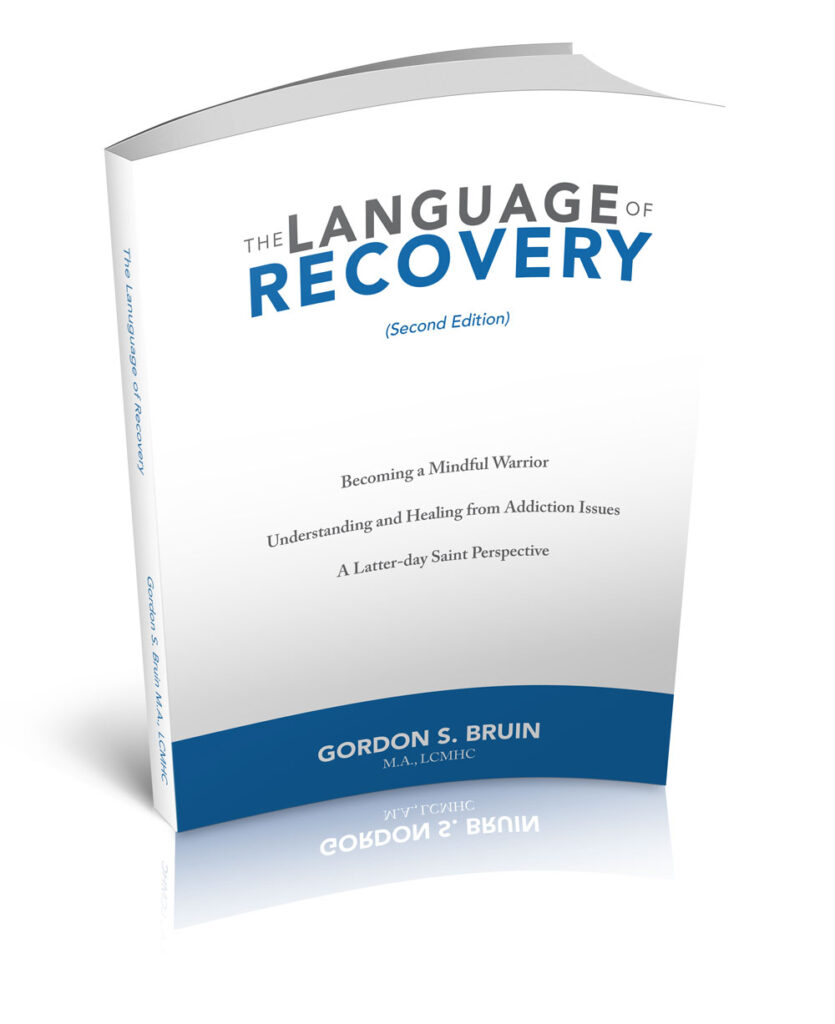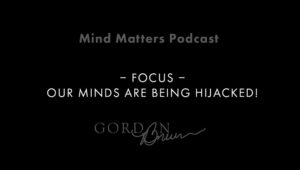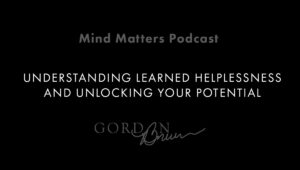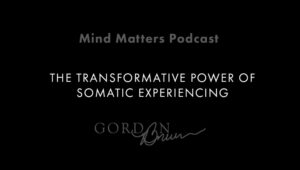Understanding Learned Helplessness and Unlocking Your Potential
Few concepts in psychology are as intriguing and impactful as learned helplessness.
Coined by psychologist Martin Seligman in 1965, this phenomenon was initially observed through an experiment involving dogs.
The study revealed profound insights into behavior that extend far beyond our canine companions.
Table of Contents
The Experiment That Revolutionized Our Understanding of Learned Helplessness
Seligman’s groundbreaking research involved three groups of dogs subjected to shocks under different conditions:
- Escape-Enabled Group: This group had control over their situation; they could escape the shock.
- No-Escape Conditioned Group: These dogs experienced a lack of control and could not escape despite attempts.
- Control Group: No conditioning or shocks were administered.
The most striking outcome was from the no-escape conditioned group.
These dogs displayed passivity even when later placed in environments where escape was possible.
They had learned helplessness, a state in which previous experiences dictated future behavior regardless of new opportunities for change.

Human Parallels: Breaking Free from Mental Chains of Learned Helplessness
This concept resonates deeply with human psychology, especially among individuals who have faced repeated setbacks or trauma, leading them to feel stuck or powerless.
It’s crucial to understand that while these feelings may be overwhelming, they don’t define one’s permanent state.
Empowerment Through Therapy: EMDR
For those grappling with similar mental barriers, therapies like Eye Movement Desensitization and Reprocessing (EMDR) offer a beacon of hope.
EMDR has the power to reprocess traumatic memories and reduce their lingering impact on current life situations, paving the way for a brighter future.
Embrace Change: Cultivating Self-Belief
Foster self-belief and get out of the challenge of learned helplessness, it’s possible.
Self-belief is not just a concept; it’s a powerful tool that can help you overcome even the most daunting challenges.
- Persistence & Faith: Success stories like Steve Jobs’ relentless innovation journey or Phil Knight’s creation of Nike highlight how faith coupled with persistence can overcome adversity.
- Affirmations & Visualization: Positive affirmations reinforce confidence while visualization helps manifest desired outcomes — both powerful tools against negativity stemming from past experiences.
However important, it is not just about erasing bad memories but learning valuable lessons to ensure safety going forward!
Action Steps
- Self-Reflection:
- Identify areas in your life where you feel stuck.
- Ask yourself: Am I holding on to a limiting belief or pattern?
- Take Small Steps:
- Choose one thing you can do today to move forward, whether it’s journaling your feelings, seeking support, or trying something new.
- Learn and Explore:
- Research therapeutic techniques like EMDR or mindfulness practices.
- Tune into our podcast regularly for stories and tools to inspire your journey.
- Adopt Daily Positivity Practices:
- Use affirmations to reframe your mindset.
- Practice gratitude by listing three things you’re thankful for every day.
- Seek Support:
- Surround yourself with uplifting people or communities that encourage your growth.
Learn more about Learned Helplessness and see how you relate.
Originates from psychologist Martin Seligman’s 1965 research on dogs.
Actionable Takeaway:
Be proactive!
Address lingering challenges, reframe them as opportunities for growth, and step forward boldly into your future.

